
Gabaldon, officially the Municipality of Gabaldon, is a 3rd-class municipality in the province of Nueva Ecija, Philippines. According to the 2020 census, it has a population of 38,958 people.
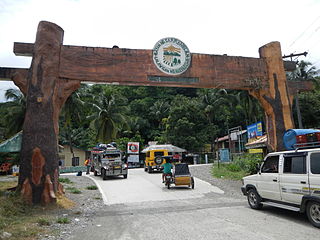
Carranglan, officially the Municipality of Carranglan, is a 1st class municipality in the province of Nueva Ecija, Philippines. According to the 2020 census, it has a population of 42,420 people.

San Jose, officially the City of San Jose, is a 3rd class component city in the province of Nueva Ecija, Philippines. According to the 2020 census, it has a population of 150,917 people.

Umingan, officially the Municipality of Umingan, is a 1st class municipality in the province of Pangasinan, Philippines. According to the 2020 census, it has a population of 77,074 people.

Saguday, officially the Municipality of Saguday, is a 5th class municipality in the province of Quirino, Philippines. According to the 2020 census, it has a population of 17,137 people, making it the least populated municipality in the province.

Dipaculao, officially the Municipality of Dipaculao, is a 3rd class municipality in the province of Aurora, Philippines. According to the 2020 census, it has a population of 33,131 people.
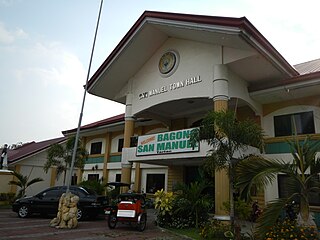
San Manuel, officially the Municipality of San Manuel, is a municipality in the province of Tarlac, Philippines. According to the 2020 census, it has a population of 28,387 people.

Aliaga, officially the Municipality of Aliaga, is a 2nd class municipality in the province of Nueva Ecija, Philippines. According to the 2020 census, it has a population of 70,363 people.

Bongabon, officially the Municipality of Bongabon, is a 2nd class municipality in the province of Nueva Ecija, Philippines. According to the 2020 census, it has a population of 66,839 people.
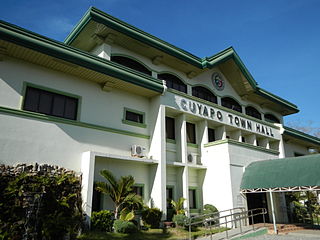
Cuyapo, officially the Municipality of Cuyapo, is a 1st class municipality in the province of Nueva Ecija, Philippines. According to the 2020 census, it has a population of 68,066 people.
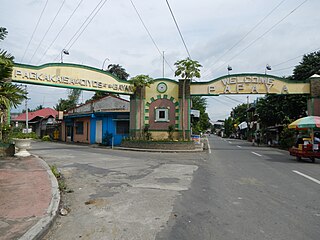
General Tinio, officially the Municipality of General Tinio, is a 1st class municipality in the province of Nueva Ecija, Philippines. According to the 2020 census, it has a population of 55,925 people.

Licab, officially the Municipality of Licab, is a 4th-class municipality in the province of Nueva Ecija, Philippines. According to the 2020 census, it has a population of 29,269 people.
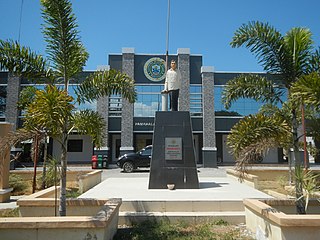
Llanera, officially the Municipality of Llanera, is a 4th class municipality in the province of Nueva Ecija, Philippines. According to the 2020 census, it has a population of 42,281 people.
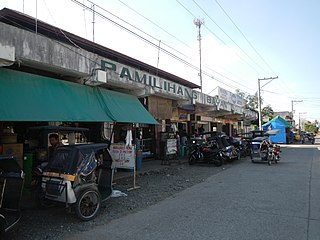
Laur, officially the Municipality of Laur, is a 3rd class municipality in the province of Nueva Ecija in Central Luzon region of Philippines. According to the 2020 census, it has a population of 38,263 people. Laur is located at the foothills of the Sierra Madre Mountains.

Nampicuan, officially the Municipality of Nampicuan, is a 5th class municipality in the province of Nueva Ecija, Philippines. According to the 2020 census, it has a population of 14,471 people, making it the least populated municipality in the province.
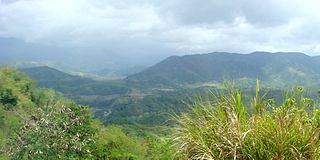
Pantabangan, officially the Municipality of Pantabangan, is a 1st class municipality in the province of Nueva Ecija, Philippines. According to the 2020 census, it has a population of 31,763 people.

Quezon, officially the Municipality of Quezon, is a 4th class municipality in the province of Nueva Ecija, Philippines that was named from the 2nd president of the Philippines, Manuel L. Quezon. According to the 2020 census, it has a population of 41,845 people.

Rizal, officially the Municipality of Rizal is a 2nd class municipality in the province of Nueva Ecija, Philippines. According to the 2020 census, it has a population of 70,196 people.

Talugtug, officially the Municipality of Talugtug, is a 4th class municipality in the province of Nueva Ecija, Philippines. According to the 2020 census, it has a population of 25,236 people.

Zaragoza, officially the Municipality of Zaragoza, is a 3rd class municipality in the province of Nueva Ecija, Philippines. According to the 2020 census, it has a population of 53,090 people.
























